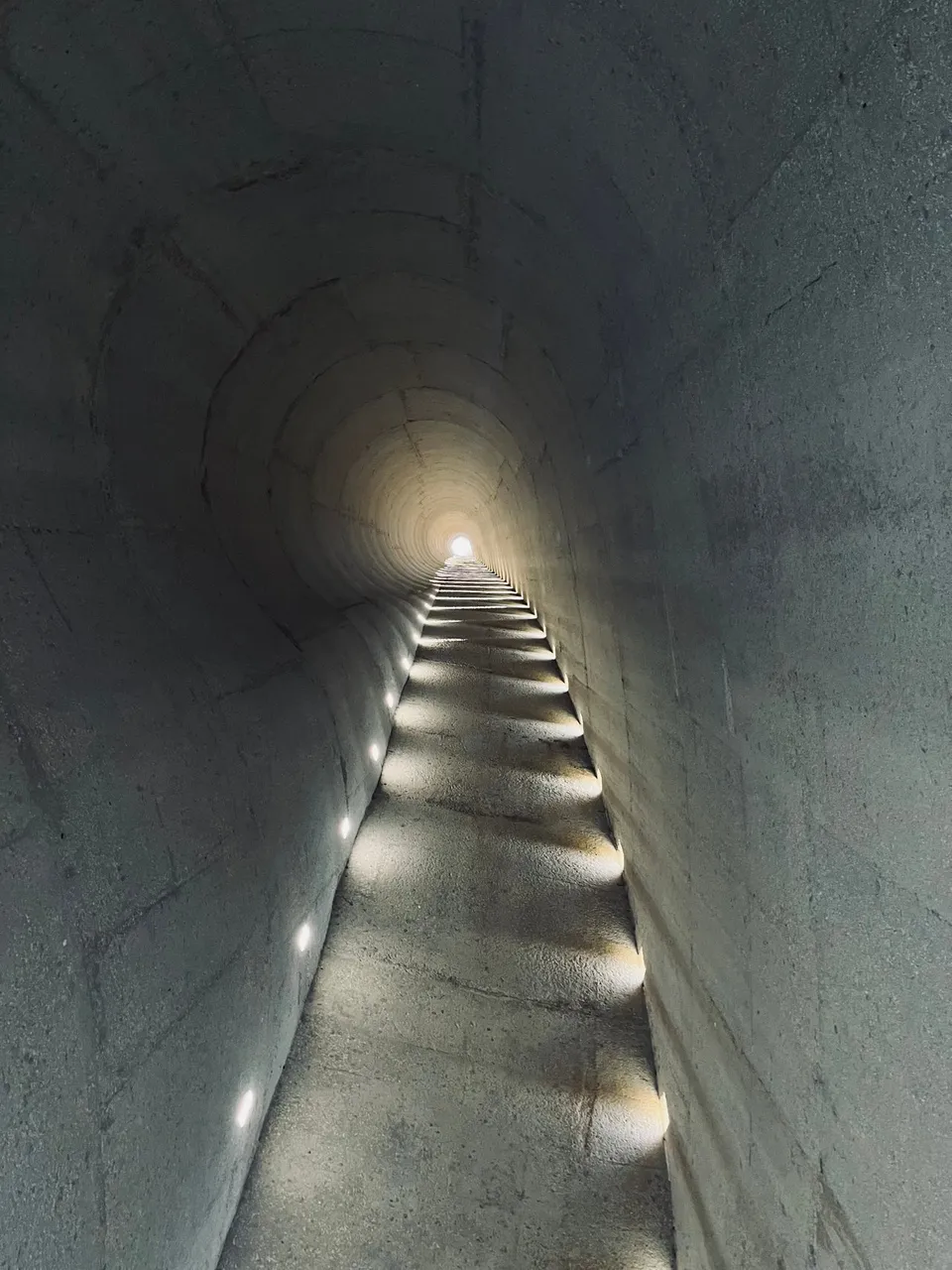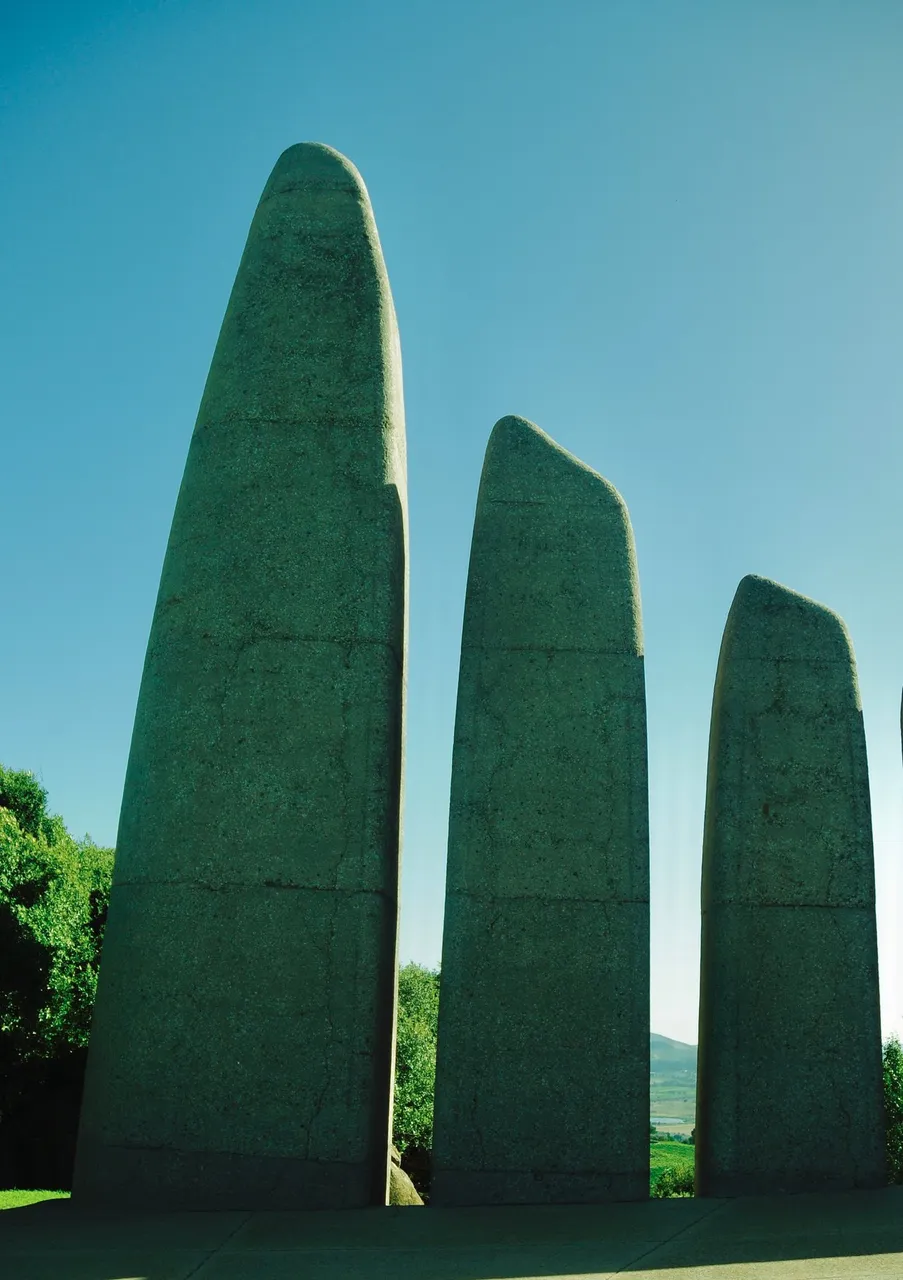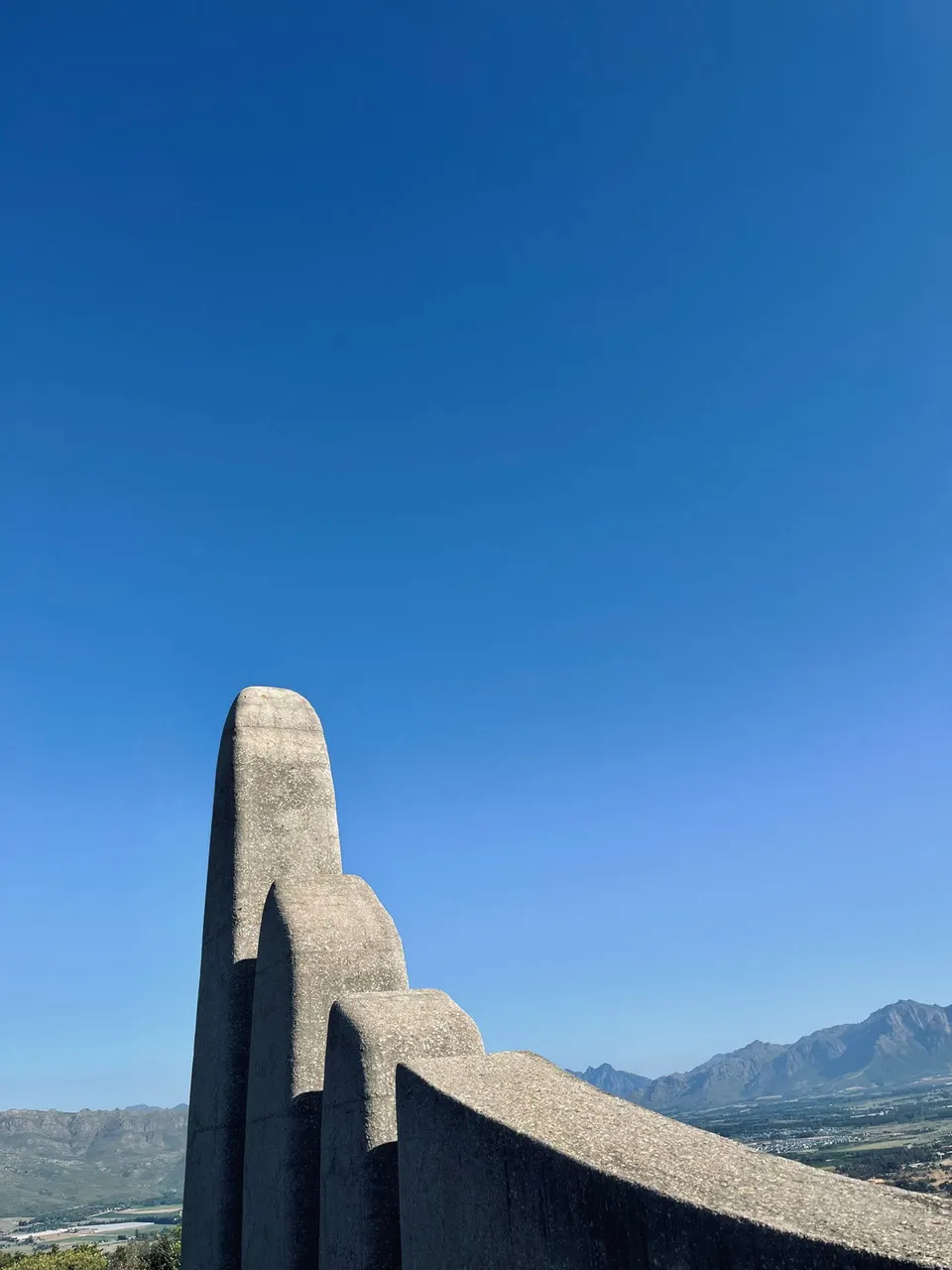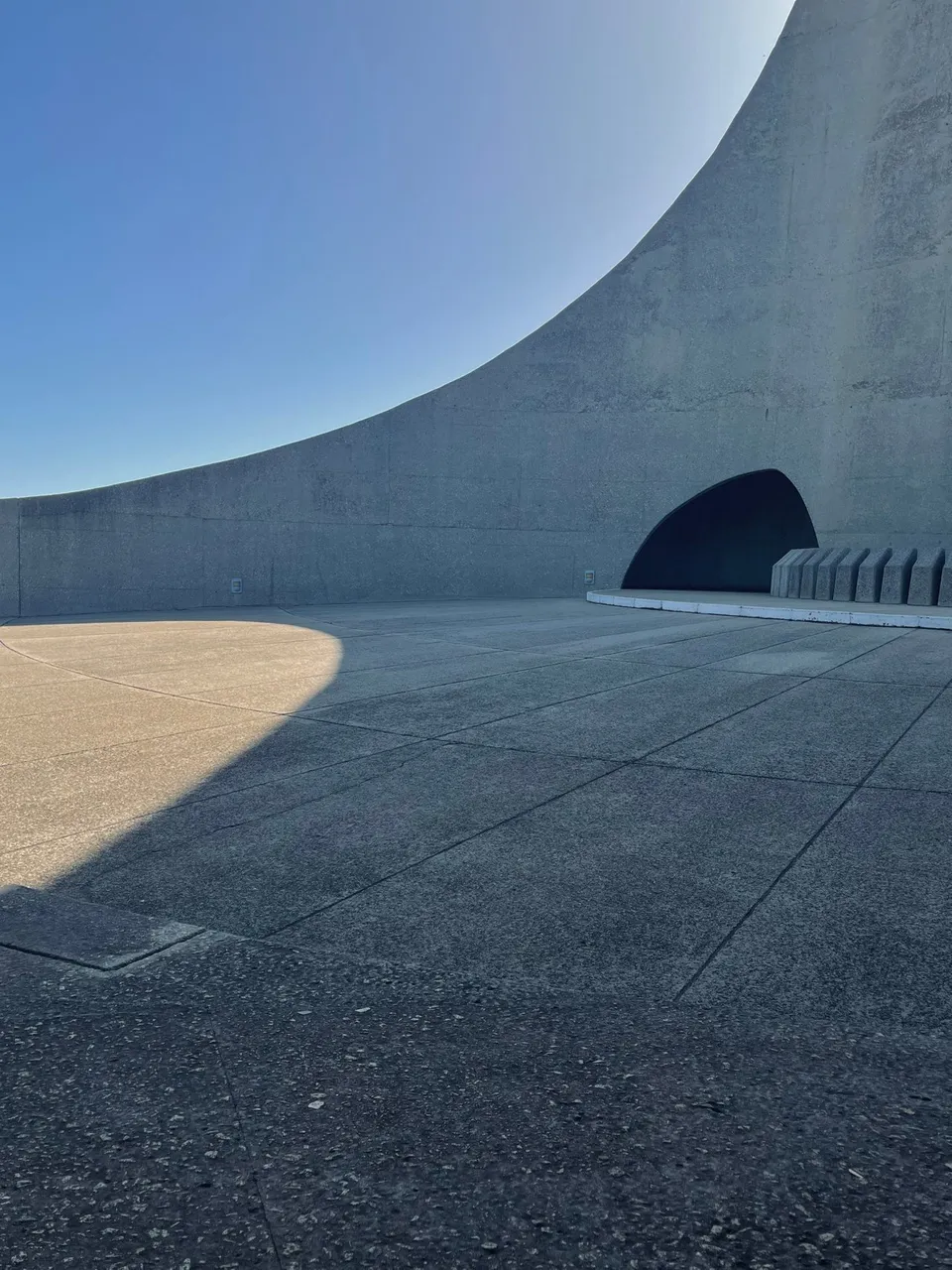
Afrikaans, the reason for its birth
The Taalmonument is an architectural piece of art. With its long fingers reaching for the sky and spheres mimicking the pearls in the sea, it already emanates a warmth. A home, some might say, that holds history in its arches. All because of a language, still young, but rich in its roots.
The Afrikaans language is my mother tongue and one of my majors at university. The language is very diverse as it is connected with various other languages. There is no fixed list of languages that contributed to Afrikaans as there is a large influence that stretches from Dutch to the Khoikhoi.
The answer to the question

The rough translation of the words read “It is important to us”. The “it” referring to Afrikaans. These words were a rhetorical question used as the title of a speech about language rights. It was added for people to understand the meaning behind the monument which is that the Afrikaans language is important and should be a priority.
A tour through the mind of the architect

Afrikaans brought forth a few commendable writers such as C.J. Langenhoven and N.P. Wyk van Louw. These two writers were also the inspiration behind Jan van Wijk, the architect’s, plan for the monument.

He used one of C.J. Langenhoven’s descriptions of the language through a swift ascending crest which is the main and biggest column of the monument. The height of the main column is around 187 feet high.

There is also the subtle detail of a little hole at the summit of the column which represents growth. When you look up it looks like lights going up into the sky, but it is actually the natural light coming through the small holes made into the sides. The fountain at the bottom of the column also adds to the idea of the language as a living entity, growing forevermore.

At the start of the monument there are three pillars which are built with different heights. It represents the European influence. The pillars go from high to low which indicate how the influence of the Europeans on Afrikaans have declined.


Other languages from East Africa are also illustrated in the architecture through the wall on the stairs leading up to the rest of the monument. The main language being Malay.

Three spheres are seen at the top of the stairs which represents the African languages’ influence such as Sesotho, isiXhosa, and isiZulu. These spheres were built from small to big which shows how the African languages’ influence on Afrikaans grow unlike the European influence.

At the side of the main column there is an oval shaped dome curving sideways. This can be seen as the birthplace of Afrikaans. The reason for this is because this oval column represents Africa and the interaction it still has with Afrikaans.
A part of nature
The material used for the monument is granite from the surrounding Paarl area, white sand and cement. The reason for this mixture is because van Wijk was also inspired by the nature of the Paarl. He wanted to incorporate a part of nature into the monument and so he did. The colour of the mountains neighbouring the monument was also the reason for using the natural material so that the monument could “fit” into the natural environment.
Movement

The movement of this monument is its shadows dancing through the day. In the morning the sun sits high above the building and in the afternoon the shadows fall in front of it. This monument is a living art piece.

Thank you for appreciating this monument with me. The realisation of how small you are in comparison to the monument is a feeling you must experience for yourself.

(All the photographs were captured by either my iPhone or my partner @fermentedphil's Nikon D300. The content is also my own creation unless linked to the appropriate source.)
